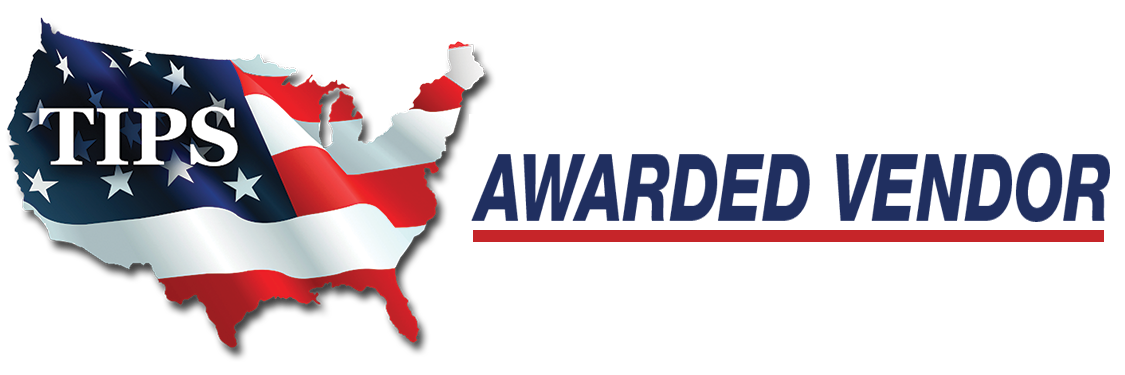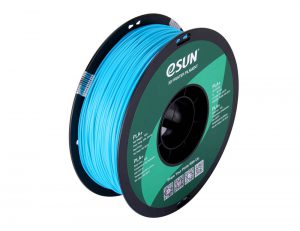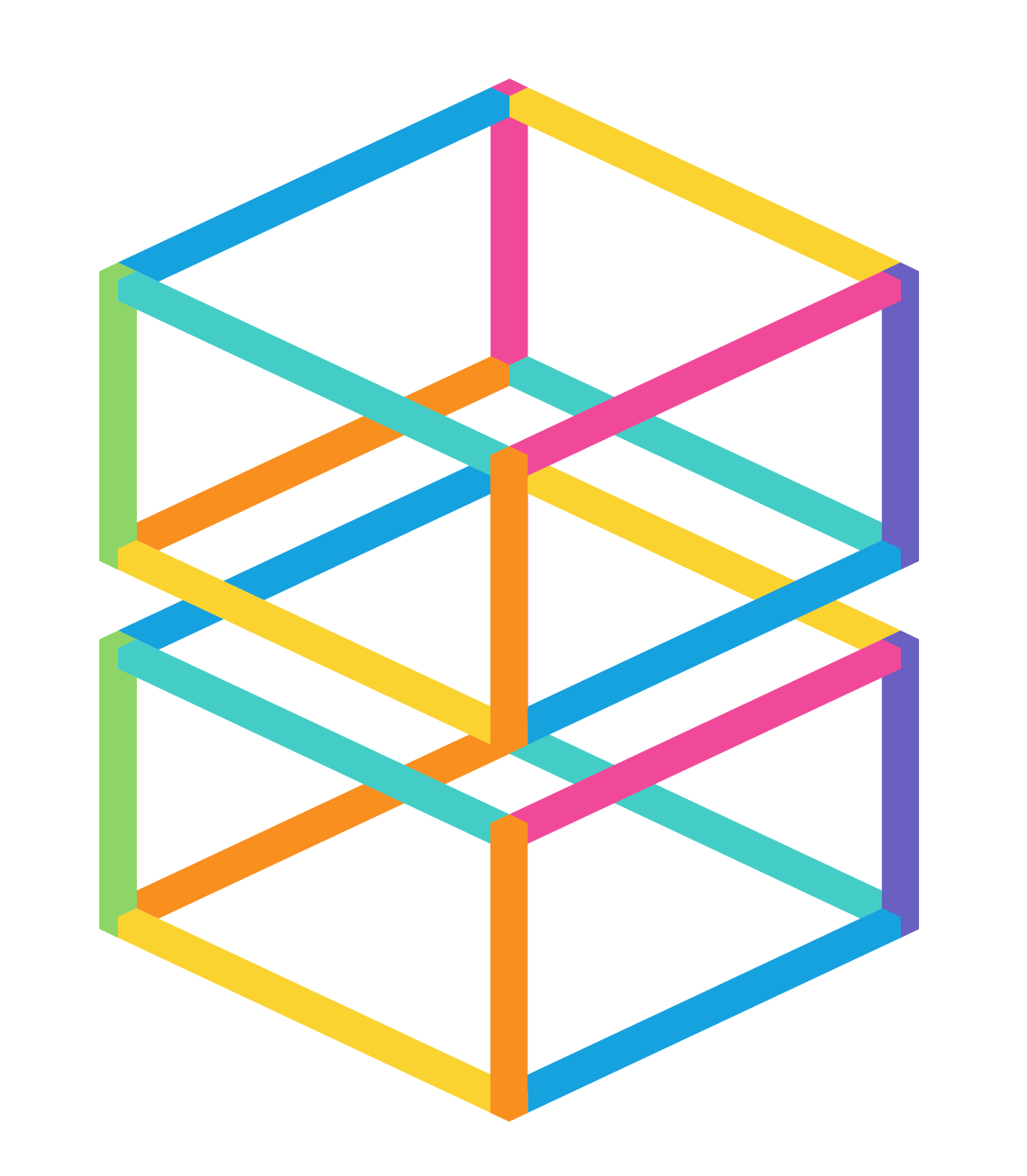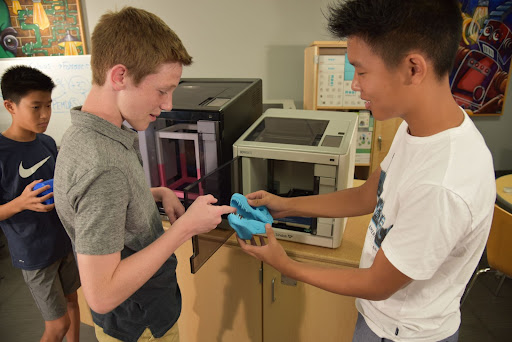
STEM Education Works is now a TIPS vendor!
July 25, 2022
Blog about Blogs! Best Back to School Blog Posts
August 10, 20223D printing is a lot like skydiving; everyone wants to do it, but it’s a little nerve-wracking and there are a lot of unknowns. As a STEM teacher, I was given several 3D printers without training. Here’s what I learned through my experience.
Types of filament
This is the number one question I was asked as a STEM teacher. People always wanted to know the different types of filament that they could purchase. A better question might be, “What is the best type of filament for your classroom?” There are more filament types than you probably need to know, with the most popular being PLA (poly lactic acid), PLA+, PETG (polyethylene terephthalate glycol-modified), and ABS (acrylonitrile butadiene styrene).
- PLA: In most cases, especially if you’re new to 3D printing, you’ll want to start with PLA (or PLA+). This is because PLA is more environmentally friendly, it prints at lower temperatures, and it is easier to work with as it is strong and durable.
- PLA+: So what is the difference between PLA and PLA+? The latter has the same composition as the former, but with additives to improve the properties of PLA. PLA+ is the “new and improved” PLA!
- PETG: Being more water resistant, it is best used where you would be interacting with food/drinks. It is slightly more flexible and is an easier-to-use material, so it’s still a great choice, but not as popular or accessible as PLA.
- ABS: The reason you’d want to use ABS is because it is a tougher plastic and has a higher resistance to heat. However, it is more difficult to work with and will shrink more as it cools so it can be tricky to work with.
Key features
There are a few key features that you should consider when purchasing a 3D printer. First, consider the bed size and flexibility. You’ll want to consider the types of prints your students will be creating. My favorite 3D printer, the Sindoh 3DWOX 1, for example, has a bed size of 16.6” x 17” x 17.3” If you choose a printer with a small print bed, you will be limited in the size and shape of your prints.
Second, consider the features of the print bed. A heated bed makes for much easier print removal. This is especially important if students will be responsible for handling their own prints.
Lastly, when I was in the classroom, I needed to ensure the printers were safe for my students. The aforementioned 3DWOX 1 has added safety features such as a HEPA filter and enclosed bed, so I am able to have more peace of mind when the 3D printers are running.
There are some additional features to look for that I would consider more like “bonus” features rather than essential, but here are my recommendations:
- Noise level: Depending on where you’re placing your 3D printer(s) and when you’ll be running them, you might need to check their noise level before purchasing so they don’t become a distraction in the classroom.
- Ease-of-use: There are almost endless features that will be implemented as 3D printers evolve over the years, but some ease-of-use features to look for would be voice control, transferring files, wifi connectivity, and how versatile of filament it can use.
- Automatic features: Some printers will do the work for you! Some automated features on the 3DWOX 1 include automatic filament loading and bed leveling. These save a lot of time and keep you from getting frustrated.
3D printing may seem intimidating, but with a little research and preparation, you can easily integrate it into your instruction, making it a staple in our educational community for years to come!
— Spencer Sharp




